Invasive species are any living organisms that are non-native to an environment and whose presence causes negative impacts on the ecosystem or human health. Many non-native plants and animals are beneficial to their introduced environments, such as cows and tomatoes. But others can take root and cause imbalance or even chaos. Invasive species are spread by humans, either purposely or accidentally. Due to our vast global transportation network, species native to one region can easily find their way to another. Every state has a list of invasive species, including Pennsylvania. Discover nine invasive species in Pennsylvania and learn about what makes them harmful.
Invasive Mammals in Pennsylvania
Pennsylvania has one invasive mammal species.
1. Wild Boar
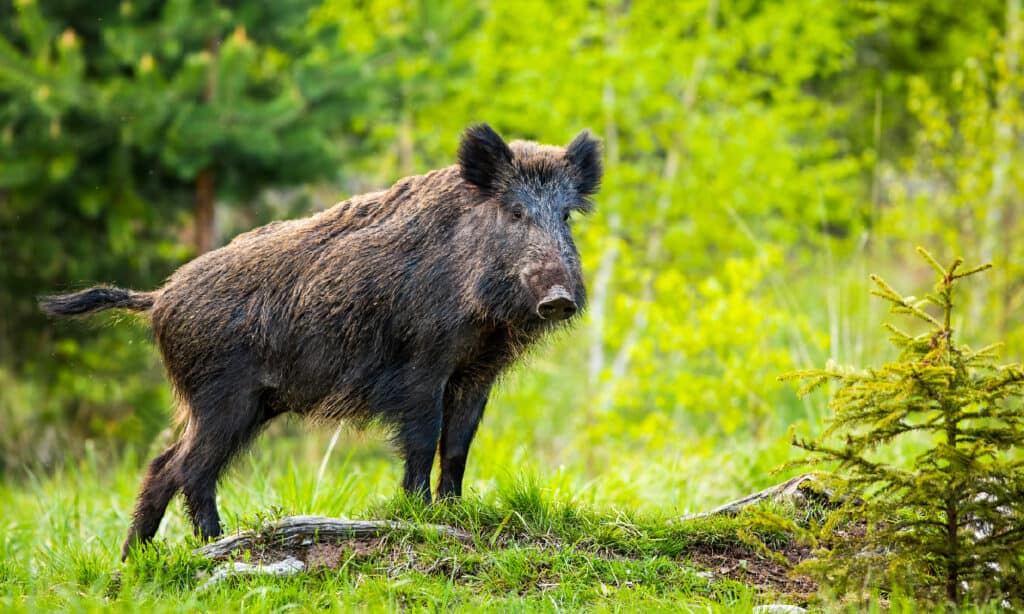
©iStock.com/JMrocek
The wild boar is an emerging threat in Pennsylvania. Feral swine was introduced to the United States in the 1500s as a food source for early settlers. But the livestock frequently escaped and began populating in the wild. This species causes $2.5 billion worth of agricultural damage each year in the country as they consume native plants and introduce invasive seeds. Wild boars can also be aggressive and spread deadly diseases. They have been spotted in Pennsylvania, with the potential to become a significant threat.
Invasive Birds in Pennsylvania
There are three established invasive bird species in Pennsylvania.
2. European Starling
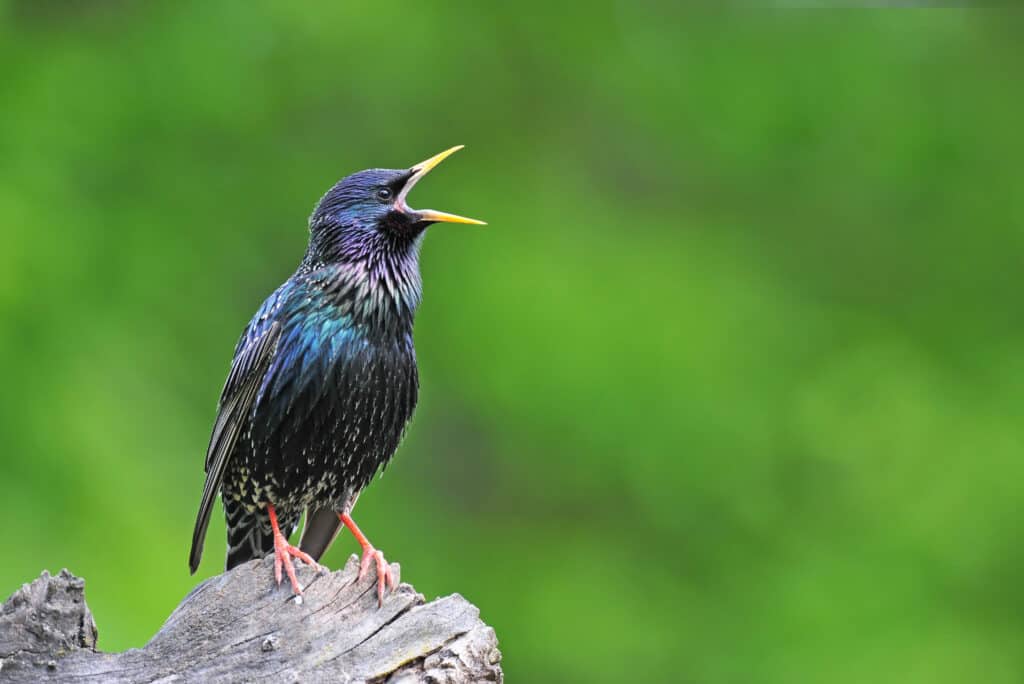
©Soru Epotok/Shutterstock.com
European starlings were intentionally released in Central Park in 1890 by a group of individuals that wanted America to have all the birds in Shakespeare’s writings. In fact, they tried a couple of times before these birds finally took hold. Today the European starling is one of the most prolific birds in the country. While they are beautiful and interesting birds, they are considered invasive. They damage crops and berry bushes. And they are notorious bullies that drive out native species from their environment.
3. House Sparrow
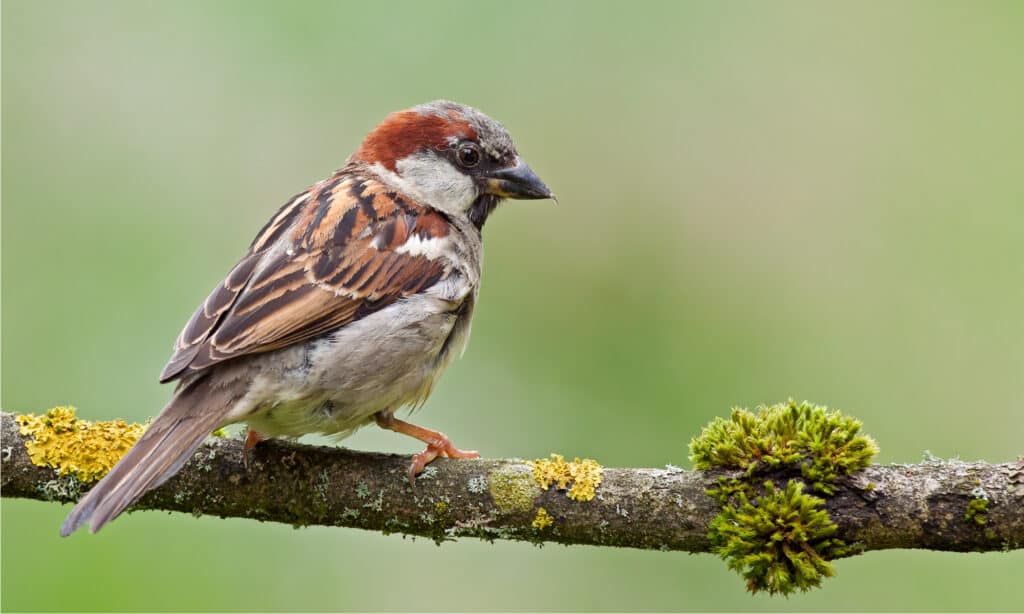
©Rob Christiaans/Shutterstock.com
House sparrows, despite their common presence, are not native to the United States. They were imported to the continent in the 1850s for nostalgic purposes. And many believed they would also control insect populations. But these birds are notorious for killing native birds, such as bluebirds and purple martins, and taking over their nests.
Invasive Fish and Other Aquatic Animals in Pennsylvania
There are five established invasive aquatic animals in Pennsylvania. Here are two of the most common.
4. Asiatic Clam

©Jay Ondreicka/Shutterstock.com
Asian clams spread through human transport and water currents, settling in sandy lake bottoms. They quickly infest water treatment systems, passing through filters and settling in pipes. They were likely introduced as a food source and can be used as live bait, spreading into freshwater sources. These clams reproduce quickly and negatively affect infrastructure and human activities. Asiatic clams are widespread in Pennsylvania, where you will find them in most rivers, lakes, and streams.
5. Common Carp
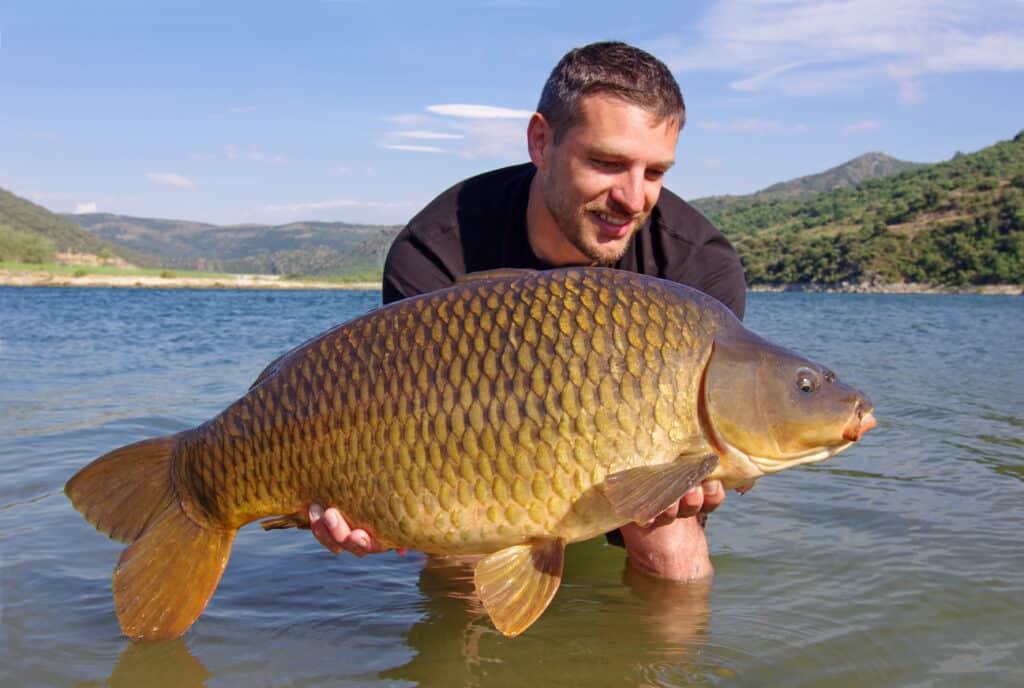
©Fabien Monteil/Shutterstock.com
In an effort to cultivate carp in the mid-1800s, the common carp quickly reproduced and spread through many waterways. Like many invasive species, these fish reproduce easily and can live in many environments. While they may be fun to fish, they are damaging to shallow lakes and wetlands. They muddy the waters by rooting through plants. And they release phosphorus, which increases the production of algae.
Invasive Insects in Pennsylvania
There are eight established invasive insect species in Pennsylvania. Check out these two commonly found in the state.
6. Japanese Beetle

©PaulReevesPhotography/Shutterstock.com
During the 1916 World’s Fair, Japanese nursery stock was brought to the United States. The beetles hitched a ride on the plant’s roots and spread from there. While this species has natural predators in Japan, they lack anything to keep it in check in America, allowing it to spread easily and become highly destructive. They feed on grass roots, which damage pastures and lawns. Japanese beetles also destroy the flowers and fruits of over 300 plants.
7. Spongy Moth
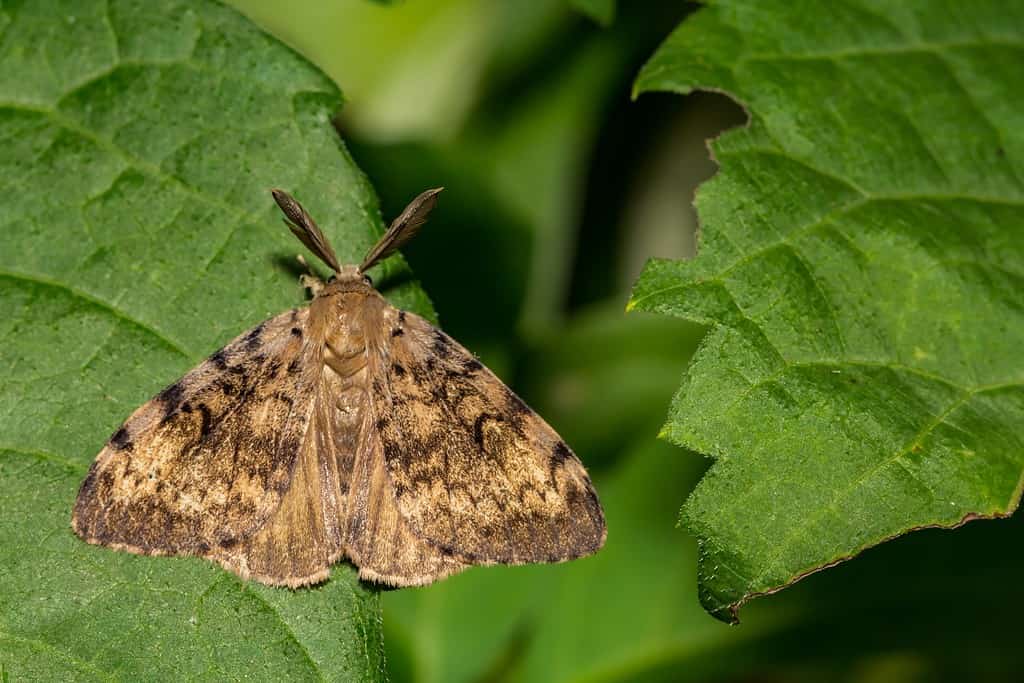
©Jay Ondreicka/Shutterstock.com
An amateur entomologist from 1869 was conducting breeding experiments with a spongy moth native to Europe. The moth escaped captivity and began reproducing. Today it is an invasive species across many areas of the United States. They invaded the hardwood forests of North America, where they lack natural predators. And they can thrive on hundreds of trees and plants. But they damage trees by consuming most of their leaves. And without leaves, trees can’t photosynthesize and eventually die.
Invasive Plants in Pennsylvania
Pennsylvania has over 140 invasive plants within its borders. Some are more harmful than others. Here are two invasive plants that are particularly troublesome and difficult to contain.
8. Tree of Heaven
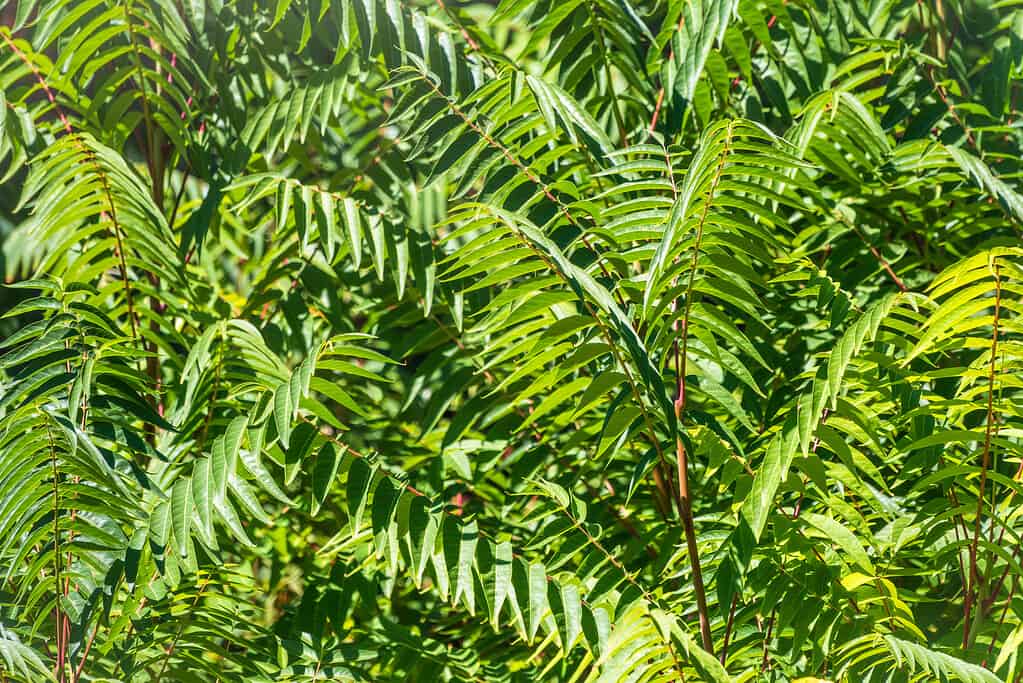
©Dark_Side/Shutterstock.com
Trees of Heaven were brought to America from China in the late 1700s. They were meant to be used in horticulture as shade trees, but they quickly spread and became a problem species. These plants have a rapid growth rate and are resistant to many diseases. Not only do they displace native plant species, but they can also damage sewer systems and foundations due to their root systems. And they are difficult to control because they easily reproduce.
9. Giant Hogweed

©iStock.com/Mieszko9
Giant hogweed is native to the Caucasus Mountains near Russia and the Middle East. Their origins in America are somewhat unknown. They were either introduced by people who enjoyed the plant’s look and wanted it to grow here, or they were accidentally brought here through spice importation. The plant has prolific seed production, meaning they easily reproduce. And they can grow thick and dense, which kills other native plants by blocking sunlight. These plants can also erode the soil. Giant hogweed is a poisonous plant that causes health risks to humans. Contact with the plant’s sap can result in painful lesions similar to burns.
Invasive Species in Pennsylvania: Complete List
These organisms are established invasive species in the state of Pennsylvania.
The post Discover 9 Invasive Species in Pennsylvania appeared first on AZ Animals.
from Animal News, Facts, Rankings, and More! - AZ Animals https://ift.tt/zCE0qQL